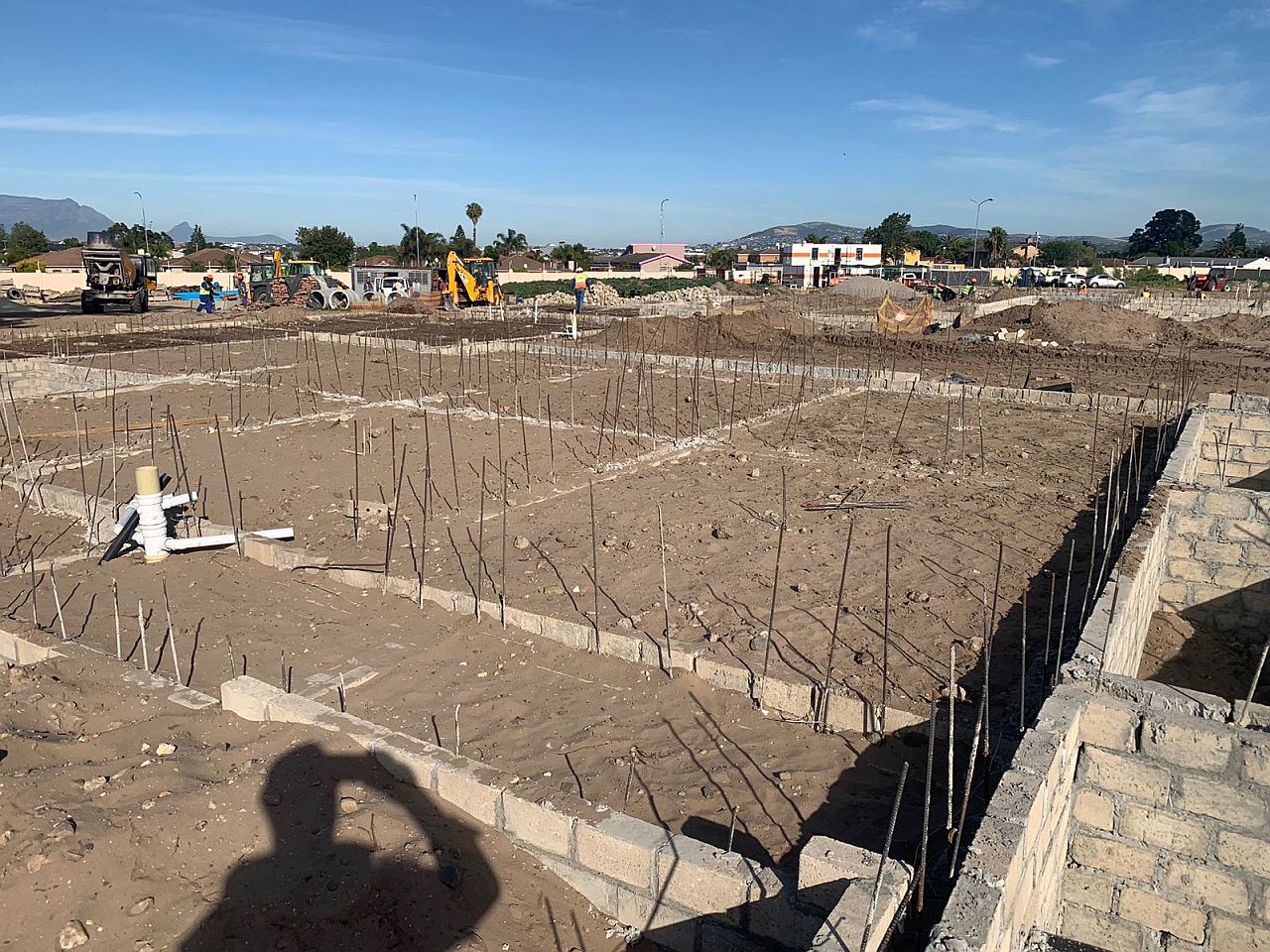In South Africa, the focus of construction projects has shifted towards cost considerations. As a result, designs and construction methods are primarily driven by cost-cutting measures and regulatory compliance, with aesthetics often taking a back seat. Professionals in the industry find themselves cornered, forced to make these cuts in order to make projects financially viable within the current economic climate. Gone are the days, roughly a 10 years ago, when design elements could take precedence over costs.
While these cost-cutting measures have proven advantageous in some respects, such as pushing the development of more efficient precast slab designs, they have also led to the resurgence of older construction methods, like kce using brickwork rafts in place of concrete rafts on some sites. We have implemented this approach in both Gauteng and the Cape, utilizing imperial bricks and maxi-bricks respectively. This has resulted in substantial savings for contractors and developers working on projects with challenging soil conditions and varying slopes, thanks to the versatility of the raft system and our understanding of soil conditions. These rafts have been successfully used in 2- to 4-story walk-up apartment blocks, both flat and stepped configurations.
Another advantage for contractors is that they can utilize their existing wet trades instead of hiring a specialist raft contractor. There are various other areas where cost-cutting measures can be implemented, and we are available to assist. However, it is crucial to involve us early in the process to minimize the need for reworking by professionals later. By hashing out these details during the preliminary design and sketch plan stages, we can avoid costly revisions that often cause delays and frustrations.
It’s important to note that many of these cost-cutting measures do not significantly compromise the initial design. Small, subtle changes with materials and practicality can have substantial benefits for the project and its overall costs. These changes can also enhance the buildability of the scheme, resulting in time and cost savings for both professionals and contractors. Simplifying construction through practical design details can reduce site time, minimize errors, and decrease the need for remediation by professionals.
As professionals, contractors, or developers embarking on new projects, it is crucial not to rely solely on previous approaches or copy-paste solutions. Instead, consider how things can be changed or have already evolved. Learn from past mistakes to avoid repeating them, especially if multiple individuals have encountered similar issues.




